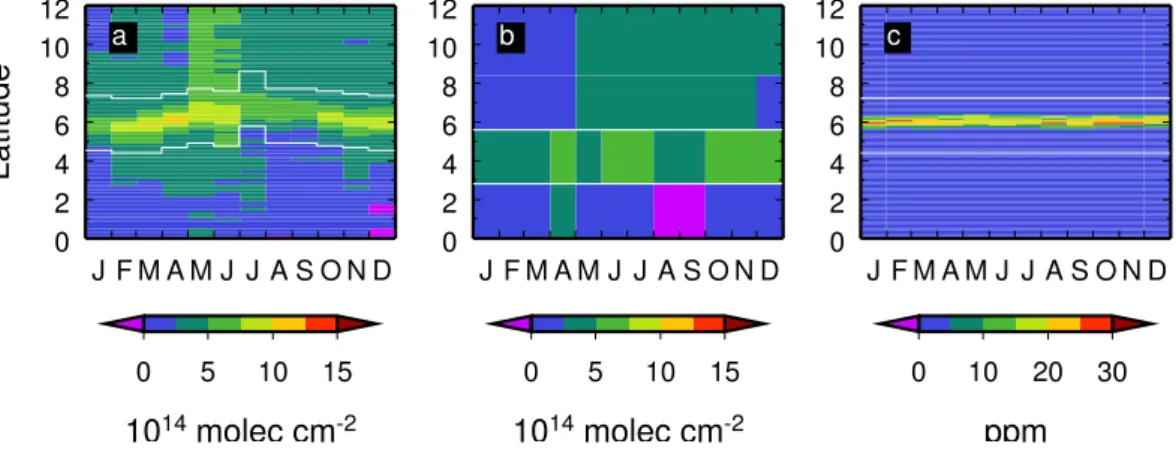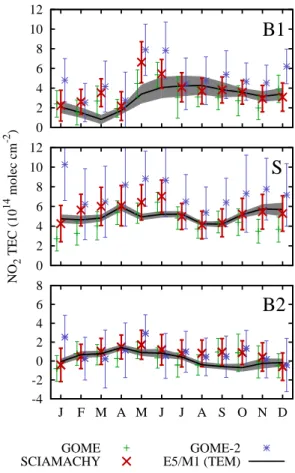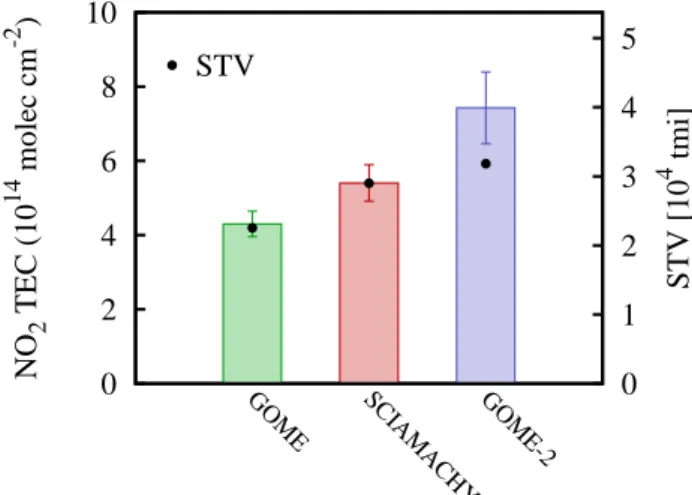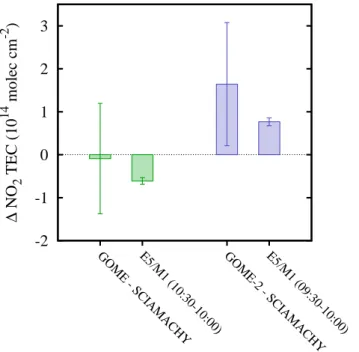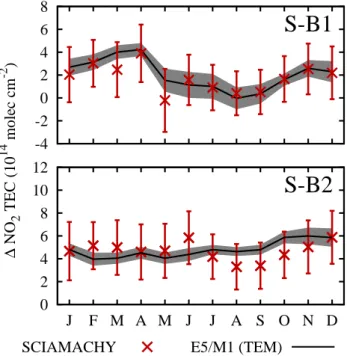Ship emitted NO<sub>2</sub> in the Indian Ocean: comparison of model results with satellite data
Texto
Imagem


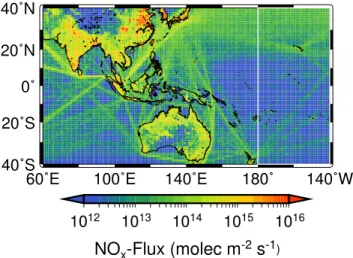
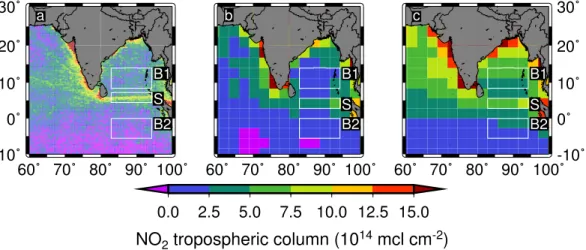
Documentos relacionados
Two ship models, the “V” ship head model and the “ || ” ship body one, are proposed to localize the ship proposals from the line segments extracted from a test image, which
satellite rainfall products in two ways: comparing satellite gridded rainfall data to point observation data and satellite areal rainfall to areal observation for the major
The differences in trend values may be partially due to the difference in time pe- riod of the data sets (EDGAR v4.2 emission inventory is for the period 2000–2009 while the REAS
To investigate whether changing the gas transfer rate can improve regional model prediction, we compared the results from the model runs with the climatology of Taka- hashi et al.
We present model studies with the one-dimensional model MISTRA to investigate the potential role of frost flowers, re- cycling on snow, and open leads in the depletion of tropo-
Following model calibration at high-latitude sites, Po- larVPRM estimates of GEE, respiration and NEE were gen- erated for the entire North American region north of 55 ◦ N for
Analyses and comparison of the model results suggest that the annual and seasonal mean SWW were subject to an over- all strengthening and poleward shift during the course of
The structure of the remelting zone of the steel C90 steel be- fore conventional tempering consitute cells, dendritic cells, sur- rounded with the cementite, inside of
